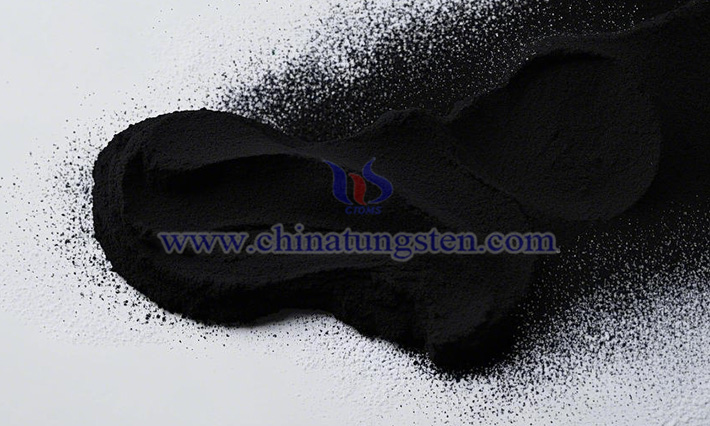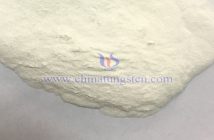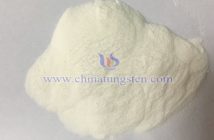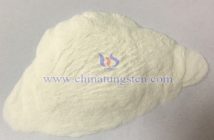Non-metal doping of tungsten disulfide (WS?) involves introducing non-metal atoms into the WS? crystal lattice to modify its physical and chemical properties. What are the effects of non-metallic doping on tungsten disulfide performance?
For example, nitrogen doping may occur by occupying interstitial sites within the WS? lattice or substituting some sulfur atoms, leading to slight changes in lattice parameters. These changes can enhance the stability of the layered structure of WS?, suppressing interlayer sliding and thereby improving the overall stability of the material.

Research indicates that appropriate non-metal doping can enhance the thermal stability of tungsten disulfide. For instance, boron (B)-doped WS? maintains a robust crystal structure at high temperatures, showing greater resistance to structural transformation or decomposition during thermal annealing compared to undoped WS?. This makes it viable for applications in high-temperature environments.
Non-metal doping can effectively tune the carrier concentration of tungsten disulfide. Taking phosphorus (P) doping as an example, the distinct outer electron structure of P atoms compared to S atoms introduces additional charge carriers into the band structure of WS?, altering its electrical properties. By controlling the doping concentration, WS? can transition from a semiconductor to a semi-metallic state, making it adaptable for various electronic device applications.
Certain non-metal dopants can significantly improve the electrical conductivity of tungsten disulfide. For instance, carbon (C)-doped WS? benefits from the unique electron cloud structure of C atoms, which forms conductive pathways within the WS? lattice, facilitating electron transport and enhancing the material’s conductivity. This property positions non-metal-doped WS? as a promising candidate for applications in electrode materials and electron transport layers.

Non-metal doping can also modify the optical absorption properties of tungsten disulfide. For example, fluorine (F)-doped WS? exhibits significantly enhanced light absorption in the visible and near-infrared regions. This enhancement arises from lattice distortions and changes in the electronic structure induced by doping, which increase the material’s photon absorption cross-section and improve its light absorption efficiency. Such characteristics make non-metal-doped WS? highly promising for optoelectronic devices, such as photodetectors and solar cells.
Certain non-metal dopants can also enhance the luminescence properties of tungsten disulfide. For instance, indium (In)-doped WS? demonstrates stronger photoluminescence at room temperature, with the emission peak position and intensity adjustable by varying the doping concentration. This opens up new possibilities for WS? applications in light-emitting diodes, bioimaging, and related fields.
Non-metal doping can introduce additional active sites on the surface of tungsten disulfide. Taking nitrogen doping as an example, the incorporation of N atoms alters the electron cloud distribution on the WS? surface, increasing the reactivity of certain surface atoms. This makes them more effective at adsorbing and activating reaction substrates, thereby accelerating catalytic reaction rates.
By selecting different non-metal dopants, the catalytic selectivity of tungsten disulfide for various reactions can be tailored. For instance, sulfur-doped WS? exhibits high selectivity for the hydrogen evolution reaction, while oxygen-doped WS? performs better in oxidation reactions. This tunable catalytic selectivity broadens the application prospects of non-metal-doped WS? in diverse catalytic fields, such as fuel cells and hydrogen production via water splitting.



